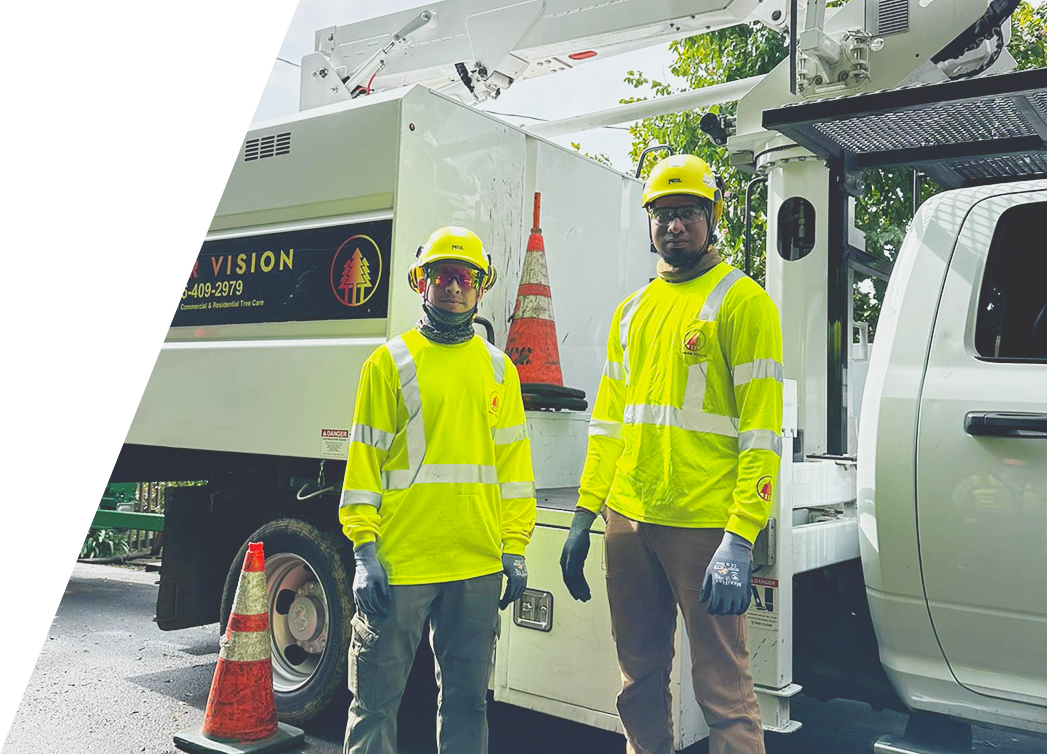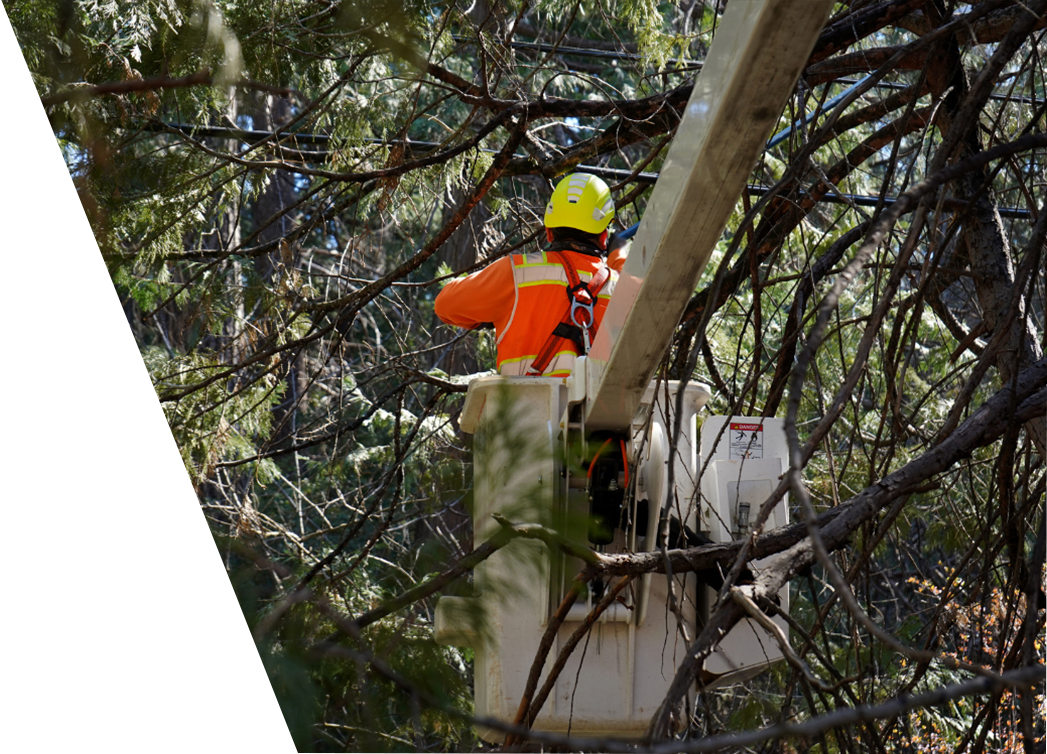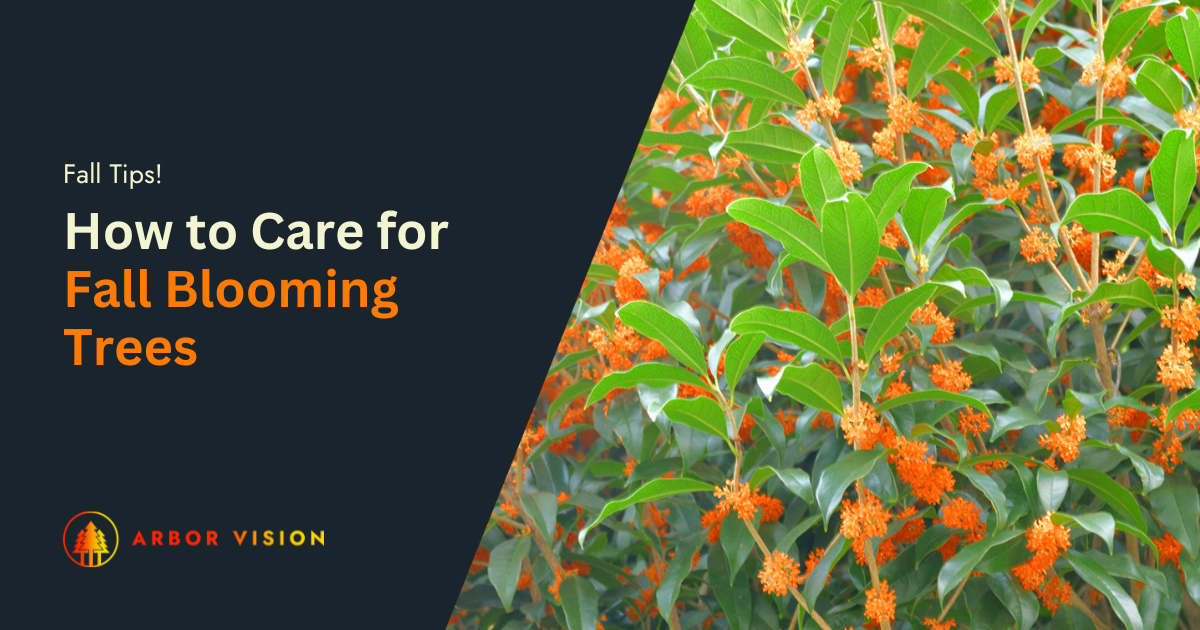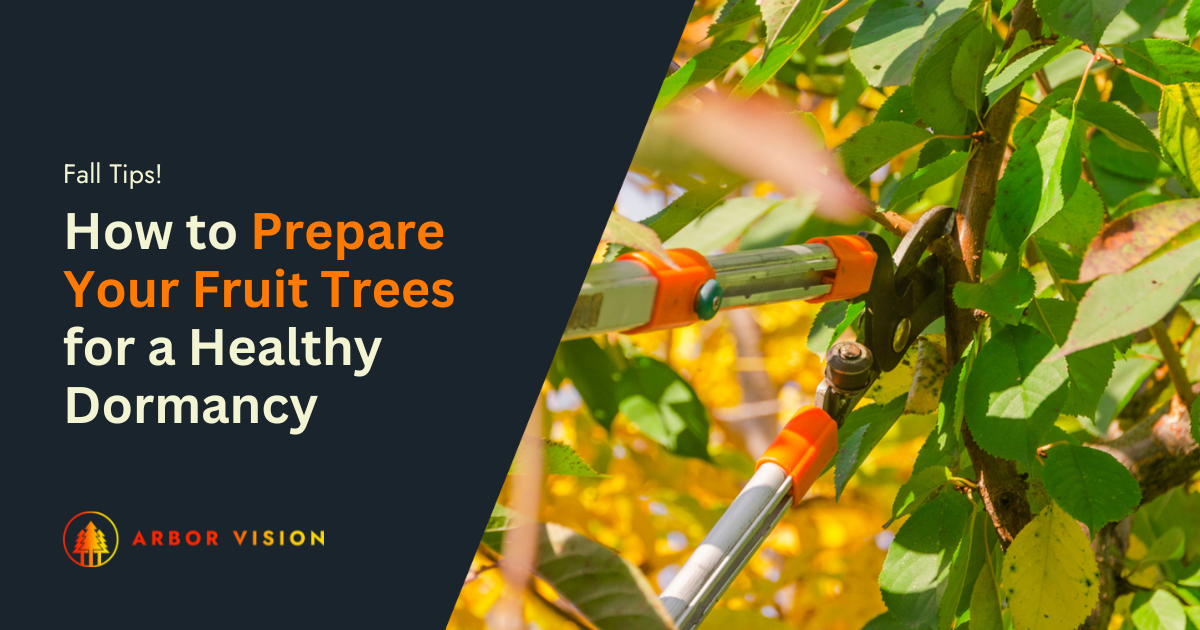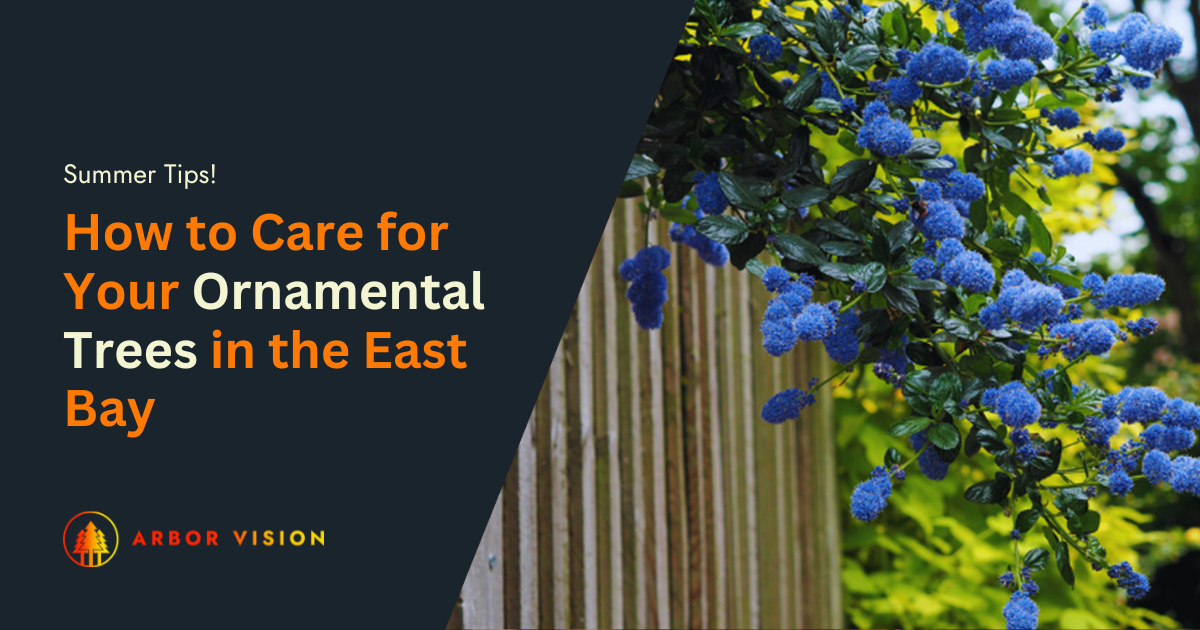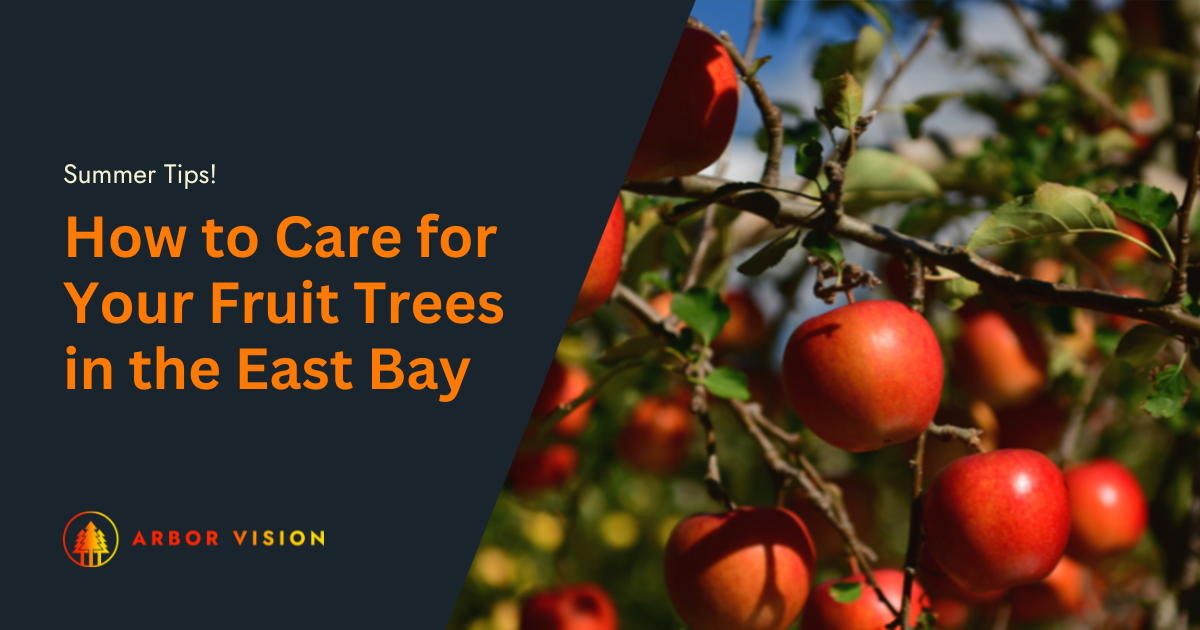In the San Francisco East Bay region, the beauty of our urban forest is defined by diverse species such as the Coast Live Oak, Bay Laurel, and California Redwood. However, these trees face challenges unique to our area, including drought, pests, and urban stress. Proper care through the seasons is essential to overcome these hurdles and ensure trees survive and flourish.
Our expertly crafted guide dives into the seasonal needs of East Bay's tree species, offering tailored advice to protect and nurture them throughout the year. From the springtime rejuvenation of the Bay Laurel to the winter vigilance required for the Coast Live Oak and the year-round majesty of the Redwood, let's ensure your trees contribute positively to our community's green landscape.
Share this page:
Navigating the Seasons: A Comprehensive Guide to Tree Wellness
Seasonal tree care manages the unique needs of tree species throughout the year to help your iconic trees maintain optimum health. A tree care company provides customized seasonal tree care plans using maintenance best practices adapted to weather changes, temperature fluctuations, and tree life cycles. Let’s explore our season-by-season tree care guide from our Arborist to ensure your trees thrive and enjoy year-round health.
Spring Tree Care Checklist
Spring is a critical season for tree care. At this time of year, tree care services perform a thorough winter damage tree inspection and provide tree treatments that protect trees from common threats, including pest/disease control and monitoring. A schedule for applying protective tree treatments is created for the year based on species threats.
Spring tree trimming and pruning play an essential role in healthy growth. Trees become unwieldy without tree trimming and pruning, increasing the risk of falling branches and property damage. They also become less attractive, which can impact your property’s value.
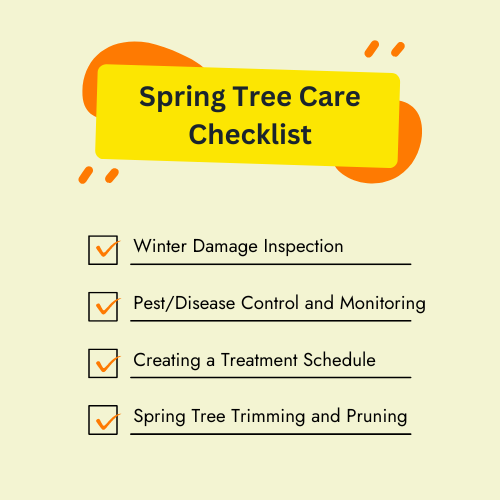
Summer Maintenance Tips
Watering becomes an essential aspect of tree care as the weather heats up. Tree care services consider appropriate watering practices for the trees on your property.
Why are watering practices important?
In California, trees and water are precious commodities that contribute to the healthy environment in our communities. Watering is based not only on the season but also on the age and type of tree, as follows:
- Young trees must establish themselves and require more water in the summer to nurture healthy roots.
- Mature trees only need extra summer watering when planted near heat sources like concrete/stone patios, parking lots, roadways, etc.
- Exposed trees that get full sun or aren’t protected against wind require monitoring as they can experience quicker water loss.
- Deciduous trees require less water in the summer than in the late winter and spring.
Soil management is also essential in California, where healthy urban soils contribute to climate resilience. Soil must be assessed to ensure it supports the structure and function of trees. Summer heat is a culprit, especially for non-native trees. This can result in branch weakening and dropping. Steps like mulching and continued pest and disease management ensure trees remain strong.
Assessment also addresses summer risks related to more violent storms. Removing dangerous branches and checking the root structure will help avoid costly damage and accidents.
Fall Preparations for Tree Health
Fall care prepares trees for the winter ahead. A tree risk assessment and necessary branch removal reduce the risk of falling branches related to snow, ice, and winter winds. In some cases, trees might require support, including:
- Small root systems
- Bending trunks
- Trees without shelter from winds that are at increased risk of uprooting
Fall is fertilizing season, helping to strengthen roots over the winter months. This helps ensure trees have the nutrition they need for a strong comeback in the spring. Finally, a property inspection might indicate the need for a tree removal service to reduce property damage risk from sick or unstable trees.
Discover additional fall care tips for your vibrant autumn garden.
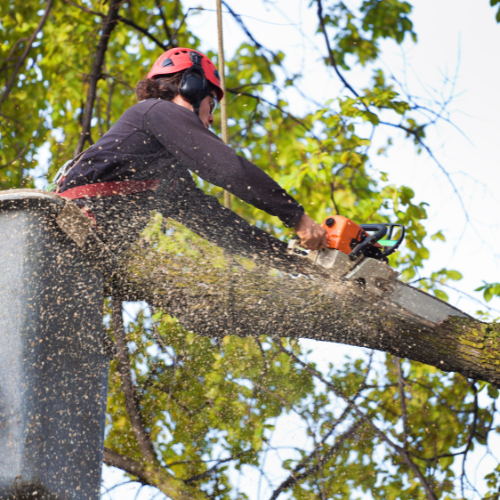
Winter Tree Care Strategies
In the colder months, younger trees require wrapping to protect them from extreme temperature fluctuations and changes between day and night. They are also susceptible to “sunscald.” This occurs when trees are shocked when exposed to direct sunlight in the morning after a particularly chilly night, damaging bark, leaves, or fruit.
Applying winter mulch helps keep roots warm even when snow and ice are present. Monitoring for winter pests is also important for deciduous fruit trees during winter dormancy when they are most vulnerable. Dormant or delayed dormant sprays applied by a tree disease service address over-wintering pests like red and brown mites, peach twig borers, and fungi such as leaf curl and shot hole.
Seasonal Tree Care FAQs
What are the risks of improper seasonal tree care?
Improper seasonal care increases the risk of disease, pests, and tree damage.
How do seasonal tree care services improve tree health?
Each season requires preventative steps that protect trees from the conditions ahead. With seasonal care, tree health is protected. It also protects your property from damage and related liabilities.
Is annual tree care effective?
While annual tree care is better than no care, it does not provide the total care needed. Seasonal tree care takes suitable precautions and applies treatments to protect against disease, pests, and damage.
Seasonal tree care promotes safe properties, increased property values, and avoids liabilities. In conjunction with an annual tree risk assessment, you can contribute to your community’s tree canopy by nurturing beautiful, healthy trees for all to enjoy.
Learn More About Our Tree Services
For comprehensive advice and specialized tree care services, visit our Tree Service Guide.
Share this page:
